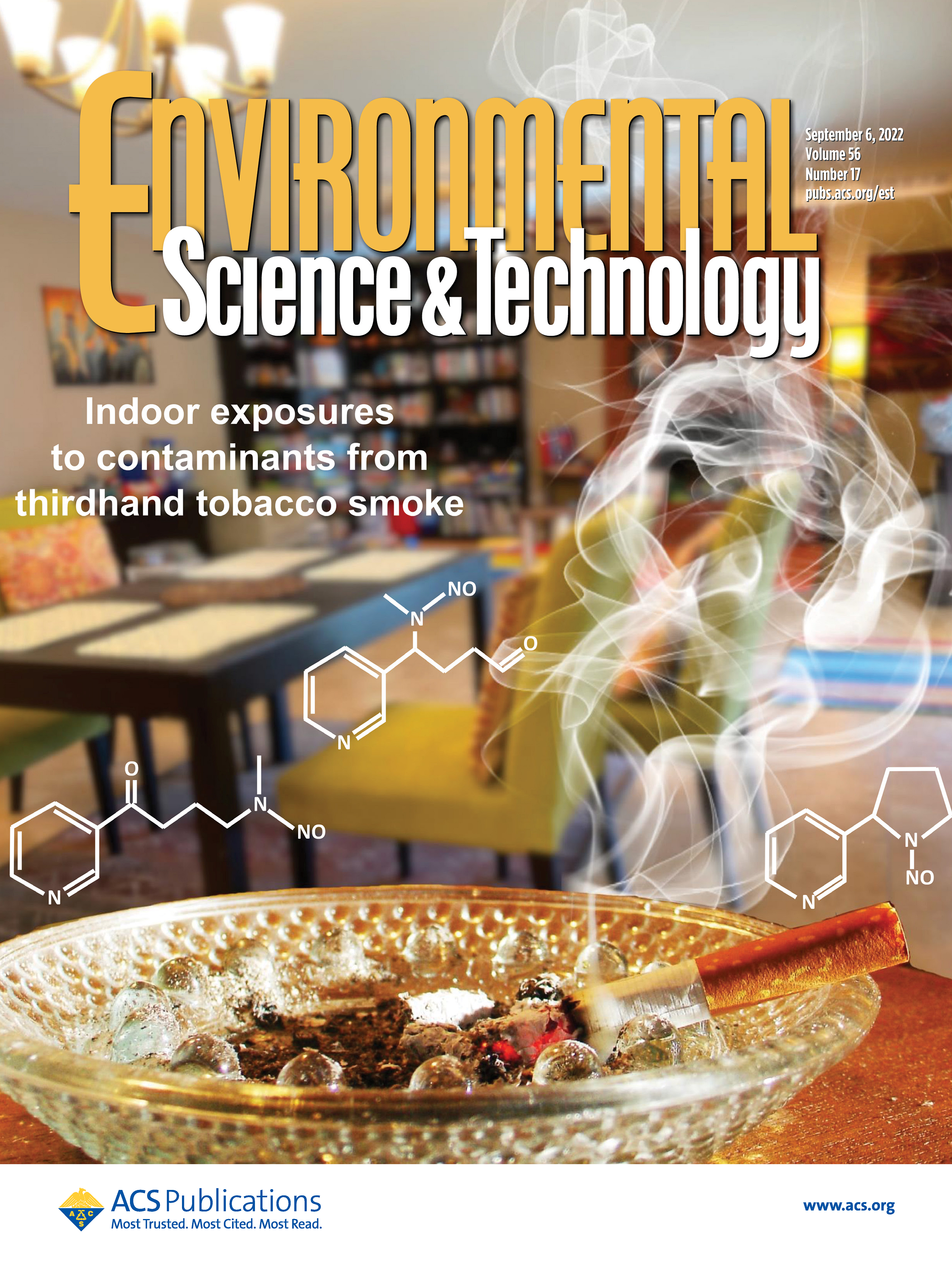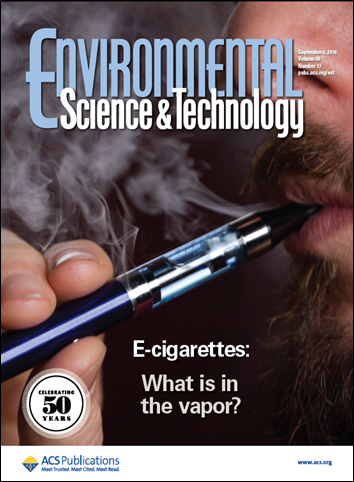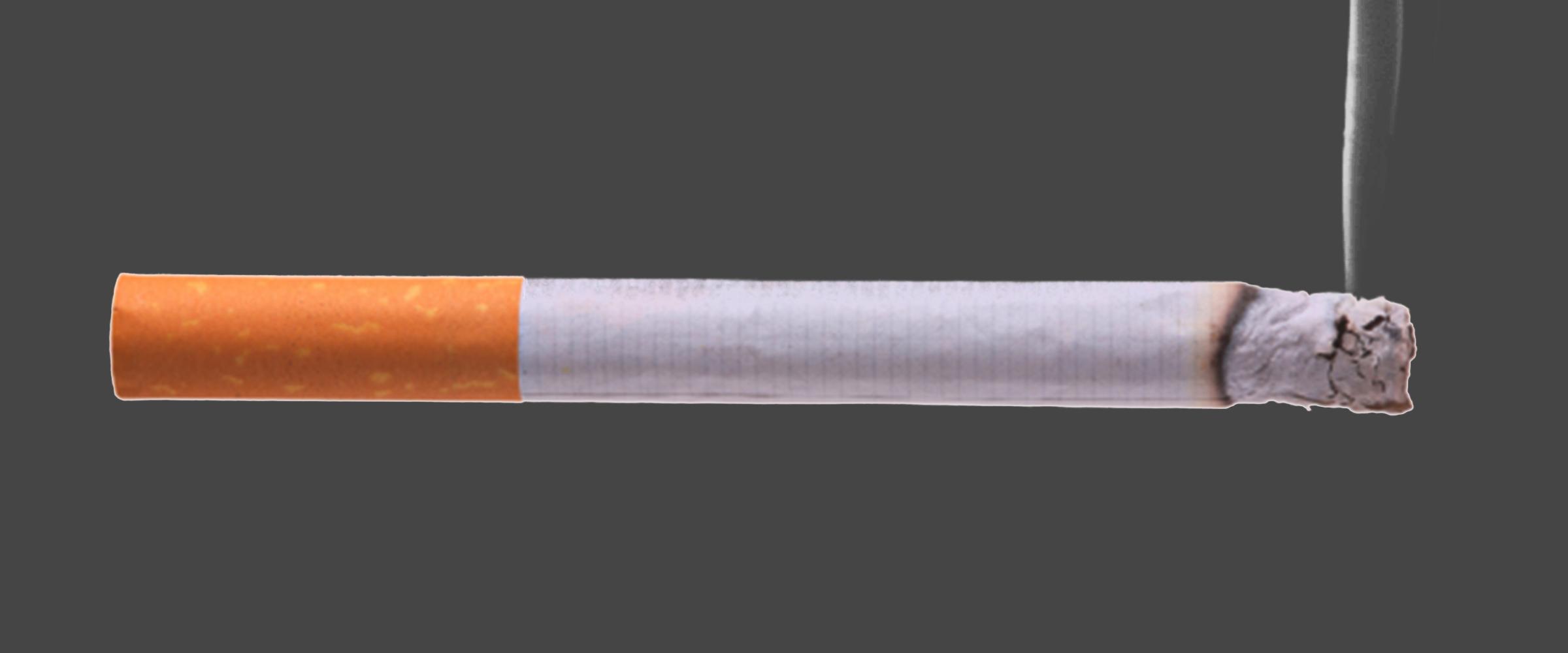Smoking and Vaping
Thirdhand Smoke and More
The term thirdhand smoke (THS) refers to the toxic residues that linger on indoor air, surfaces and settled dust long after cigarettes have been consumed. The California Consortium on Thirdhand Smoke Exposure and Human Health is a multi-institutional research initiative funded by the University of California’s Tobacco-Related Disease Research Program (TRDRP).
The focus of the program is to advance knowledge of the chemical nature, biological and health consequences of THS exposure. It leverages this research to inform and contribute to State tobacco-control policies, making available findings to the scientific community, policy makers, other key stakeholders, and the general public.
 Two teams from Berkeley Lab have been involved with the Consortium since its inception in 2011:
Two teams from Berkeley Lab have been involved with the Consortium since its inception in 2011:
The Energy Technologies Area’s Indoor Environment Group has carried out studies to quantify THS contamination, understand chemical reactions involving tobacco-related pollutants, assess occupant exposures, health impacts and risk. It has investigated secondary pollutants formed from reaction of adsorbed nicotine with atmospheric ozone, including potentially harmful byproducts and ultrafine particles re-emitted to indoor air. The reaction of nicotine with nitrous acid (HONO) was shown to form carcinogenic tobacco-specific nitrosamines. Occupant exposures to these carcinogens through different routes (inhalation, dermal uptake, dust ingestion) was predicted to lead to intake that may exceed levels considered safe by the State of California. The team has also evaluated the efficacy of ozonation as a THS remediation tool.
A team of researchers in the Biosciences Area’s Biological Systems & Engineering Division focus on translational studies aimed at mitigating health impacts of exposure to THS. In in vitro studies, the team has described the genotoxicity of THS constituents. Using mouse models, the researchers have determined that early THS exposure is also associated with increased incidence and severity of lung cancer in mice and found that THS can damage DNA in human cells. They have also studied the connection between environmental contact and the development of childhood cancers such as leukemia, modeled the impacts of THS exposure at various life stages on the gut microbiome, and examined whether genetic background influences the effects of THS on anxiety and memory.

Antoine Snijders

Sue Celniker

Altaf Sarker
Both teams received the 2018 LBNL Director Award for Exceptional Achievement in Societal Impact.
For more information about the Consortium and THS research, please contact Hugo Destaillats ([email protected]), Bo Hang, ([email protected]) and Antoine Snijders ([email protected]).
Vaping Emissions
The ETA Indoor Environment Group is also active in the evaluation of harmful emissions from the use of electronic cigarettes. While vaping emissions are often lower than those of conventional cigarettes, there are still some concerns about their impact on indoor air quality. In particular, the team identified the formation of toxic carbonyls in the thermal decomposition of propylene glycol and glycerin, the two liquids commonly used as the vehicle for aerosolization of nicotine and flavoring compounds. The team has also determined emissions from novel heated tobacco products (also called “heat-not-burn”, and from constituents of vaporizable cannabis concentrates. In all cases, the studies have used emission rates measured in the laboratory to predict indoor concentrations and assess exposure risks to non-users.




